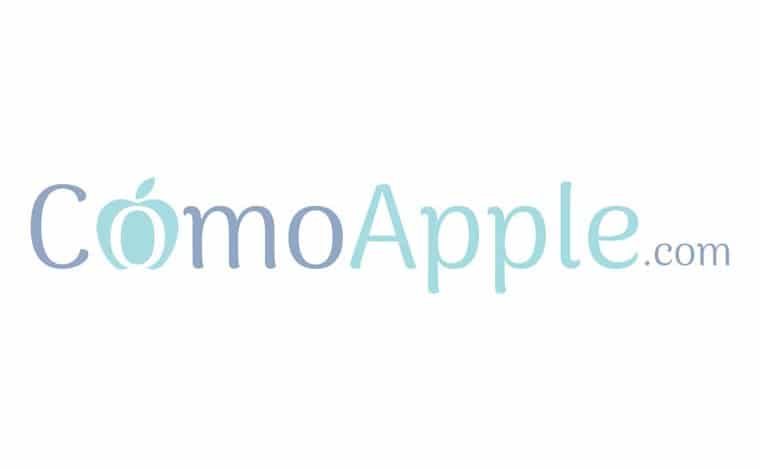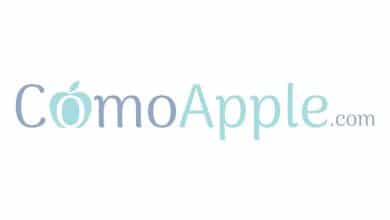
- On a Mac: Open System Preferences>iCloud>Check (or uncheck) Keychain. You’ll need to enter your Apple ID and follow a series of on-screen instructions.
- On iOS: In Settings, open Apple ID>iCloud>Keychain Toggle to on (or off).
Also know, how do I get Mac to stop asking for keychain password?
- In the Keychain Access app on your Mac, click “login” in the Keychains list.
- Choose Edit > Change Settings for Keychain “login.”
- Select the “Lock after” checkbox, then enter a number of minutes.
Also the question is, why does my Macbook Pro keep asking for keychain password? It could be, too, that you’ve changed your account password without using the Accounts Preferences pane. If that is the case, for your default keychain to be unlocked automatically when logged in, you’ll have to Synchronize your Keychain Access and login passwords.
Amazingly, how do I turn off Safari keychain?
- Open Settings, then tap Passwords & Accounts.
- Tap AutoFill Passwords.
- Turn off iCloud Keychain.
Subsequently, what does it mean when Safari wants to use the login keychain? Keychain Access is a native macOS app which houses passwords and other account details. It helps reduce the number of usernames and passwords you have to enter when using apps on a Mac. It also works for cloud-based and web services.The Keychain Access app is located in the Utilities folder in your Applications folder. If you launch it, you’ll see a number of items in the sidebar: different keychains, such as Login, and, if you have the iCloud Keychain active (see below), you’ll see an entry for that.
What does the keychain do on a Mac?
Keychain Access is a macOS app that stores your passwords and account information, and reduces the number of passwords you have to remember and manage. When you access a website, email account, network server, or other password-protected item, you may be given the option to remember or save the password.
How do I find my Mac keychain password?
- Click on Finder > Go > Utilities > Keychain Access.
- From the Keychain Access menu, select Preferences.
- Click Reset My Default Keychain.
- In the Password field, enter your Active Directory (AD) password (what you log into the computer with).
What is the keychain password on Mac?
A keychain password is the master password for your Mac’s “Keychain Access” app, which stores your login information for websites and accounts across the internet. When you attempt to log into one of these websites, your Mac might ask you for the keychain password, in order to retrieve your login information.
How do I change the keychain on my Mac?
- In the Keychain Access app on your Mac, choose Keychain Access > Preferences.
- Click Reset Default Keychains.
- Choose Apple menu > Log Out. When you log in again, save your current login password in a keychain.
Is Apple keychain secure?
Everything stored in iCloud Keychain is secure—it’s protected by industry-standard encryption. Your iCloud Keychain can’t be set up on another Mac or iOS or iPadOS device unless you approve it.
Is Apple keychain A good password manager?
The iCloud keychain security tool allows you to save your website user names and passwords, credit card numbers, shipping addresses, and even private notes. And in my test, I found it to be excellent for filling forms and login details and to autofill passwords.
Can you disable keychain on Mac?
Here is how to enable or disable iCloud Keychain on your system: On a Mac: Open System Preferences>iCloud>Check (or uncheck) Keychain. You’ll need to enter your Apple ID and follow a series of on-screen instructions. On iOS: In Settings, open Apple ID>iCloud>Keychain Toggle to on (or off).
How do I manage Apple keychain?
You use the Keychain Access app on your Mac to view and manage your login and other keychains, and also the items securely stored in the keychains—for example, keys, certificates, passwords, account information, and notes. If you forget a password, you can find it in Keychain Access.
Why you shouldn’t use a password manager?
Not all devices are secure enough. Hackers exploit the same vulnerability to get all of your logins in one attack. Password managers can be hacked if your device is infected with malware. In this case, typing the master password will get it recorded, and cybercriminals will gain full access to the data stored.
Is it safe to store passwords in Safari?
Avoid writing down your passwords or typing them in a document on your computer. That’s a security risk. Apple’s Safari web browser can safely store passwords and (optionally) credit cards in an encrypted file on your computer that no one can access them without your computer’s login password.
Is iCloud safe from hackers?
iCloud backups are now protected from hackers This is likely due to the improved security added to iCloud, which means Apple is no longer allowing third party services to download a full device backup from an iCloud account.
Where is the safest place to store my passwords?
Try using a desktop application like KeePassXC. It stores encrypted versions of all your passwords into an encrypted digital vault that keeps you secure with a master password, a key file, or both.
Do you need a password manager on a Mac?
If you’re using an Apple device, you’re also using a built-in password manager. iCloud Keychain has been a part of Apple’s suite ever since Mac OS 8.6 release. Now it’s a fully-fledged system that can hold passwords, certificates, secure notes, and sync them across your other Apple devices.
How much does Apple Keychain cost?
Your iPhone, iPad, and Mac all have a free password manager made by Apple called iCloud Keychain. Here’s how to use it, set up two-factor authentication, and never have to remember a password again.
Do I really need a password manager?
Apple Keychain and Google Chrome help strengthen protection, but you will struggle to easily move across devices without an independent password manager, says Moore. “Although it’s better than reusing passwords, a third-party password manager usually offers more features and can be easily accessed across devices.”
